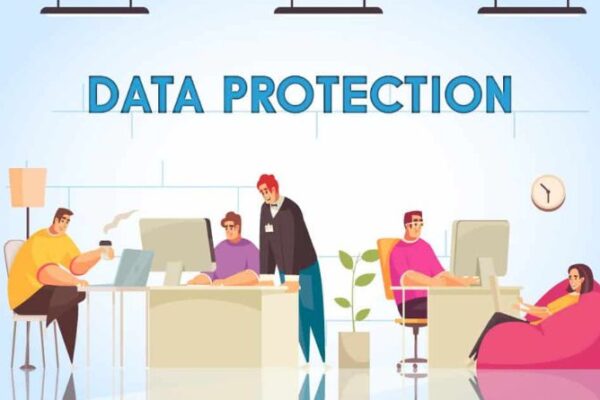5 Key Features to Look for in a ZTNA Solution
When looking for a ZTNA solution, looking for features that will provide value to your organization is critical. This will include functionality essential to ensuring your assets’ security.
A good ZTNA solution must control access to business-critical applications, services and resources. It should also have strong features allowing administrators to quickly and easily manage their users and devices.
Authentication
Authentication verifies a user’s or device’s identity to access a specific resource. It is usually done through one or more methods, such as passwords and multi-factor authentication (MFA).
Typically, these methods confirm that someone is who they say they are and that the information they’re requesting is legitimate. They also prevent unauthorized access to your system, data or applications.
The best ZTNA solutions should use authentication to ensure the integrity of a session from beginning to end, regardless of whether a device, user or application is infected with malware or has been compromised. This helps prevent security breaches and protects against IP spoofing and brute force attacks.
Authentication can be endpoint-initiated or service-initiated, depending on the device and how it is protected. Endpoint-initiated solutions involve an agent that collects security-based information and sends it to a controller, then prompts the device used for authentication. After successful authentication, the controller opens connectivity to a device via a gateway. Alternatively, services can be shielded from Internet access and only allowed through a ZTNA gateway.
Micro-Segmentation
Micro-segmentation is key to implementing a zero-trust network access (ZTNA) security model. It enables granular security control by limiting east-west communication between workloads within data centers.
This is accomplished through content inspection and the application of separate access policies to each dataset. This reduces the attack surface, improves data security, and simplifies management.
In contrast, legacy network segmentation solutions rely on various static and dynamic network constructs that could be more effective, effective, and error-prone. These solutions also cannot provide the agility and granularity required for today’s dynamic threat landscape, which requires preventing malicious activity and lateral movement without sacrificing network performance or productivity.
To increase effectiveness, micro-segmentation combines a contextual, application-based dependency map with labels that simplify segmentation and support collaboration among application owners, security, IT operations, and compliance. Tags categorize workloads based on their roles, stages in the development cycle, locations, and other human-readable information. This enables accurate application-based segmentation and eliminates the need for static network boundaries and IP addresses.
Access Control
Access control is one of the most important aspects of a ZTNA solution. It ensures that users are only granted the necessary resources and are protected from unauthorized access.
The way a ZTNA security model works is that every user or device must be authenticated before they can access any application or network resource. This complex authentication process considers the user’s context, identity, device type, and security posture.
Once a user is identified and verified, the ZTNA tool establishes a secure tunnel to grant them access. This creates an isolated network that protects the organization’s assets and minimizes the risk of infection by compromised devices, preventing lateral movement.
When choosing a ZTNA solution, look for one that offers a wide range of access control features. These can include:
Monitoring
When implementing a zero-trust security architecture, you want to ensure your data is protected and that users only have access to what they need. This requires the capability to inspect user traffic after authentication and a comprehensive monitoring system to prevent data loss, malicious action or compromised user credentials.
In addition, a ZTNA solution should support monitoring of all connected devices and applications to determine their performance in real-time and report on it. This helps to reduce risk and minimize downtime.
The most successful ZTNA solutions integrate with a secure access service edge (SASE) or security service edge (SSE) solution. This allows an organization to benefit from the scalability and network capabilities of the SASE solution while providing remote workers with secure access to the network.
The first step in deploying a ZTNA solution is to map out traffic flows within the organization. This will give you an understanding of how users access sensitive data, how parts of the network interconnect and what controls are needed to ensure only permitted traffic flows happen within the organization.
Reporting
When choosing a ZTNA solution, organizations must consider reporting capabilities. Finding a solution that reports on network traffic, user access to applications and other critical data is essential.
Typically, these reports are generated by agents on end-user devices that send information about their security context to a controller. Depending on the solution, this information can include a user’s location, device type and security posture.
A ZTNA solution also monitors users and their devices to detect unusual or malicious activity, typically involving network micro-segmentation. This can reduce the size of the attack surface and mitigate threats such as ransomware.
When looking for a ZTNA solution, it’s important to consider how it aligns with a company’s long-term business strategy and goals. It’s recommended that the solution be gradually implemented alongside changes to network architecture to minimize business disruption and maximize return on investment.





